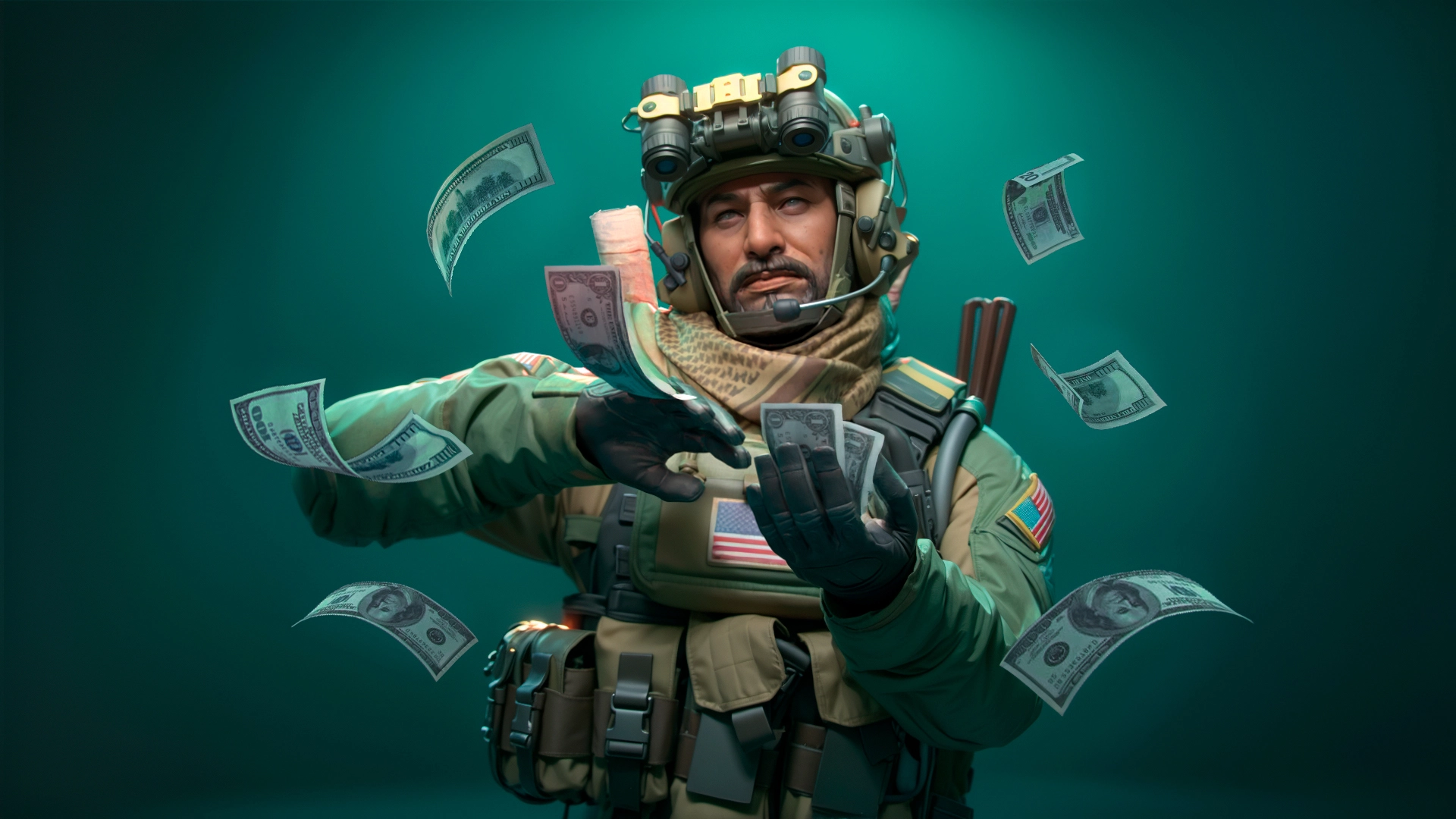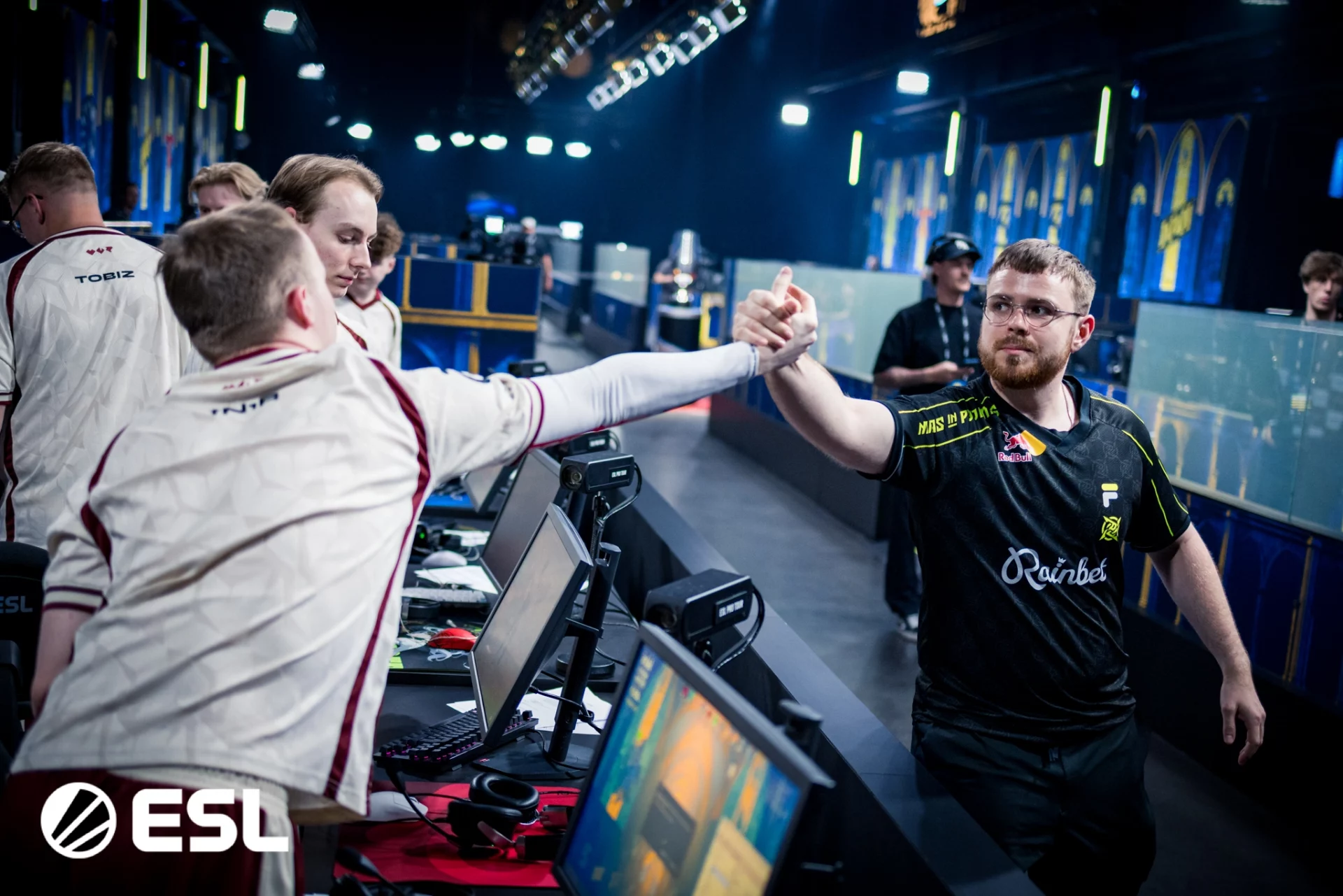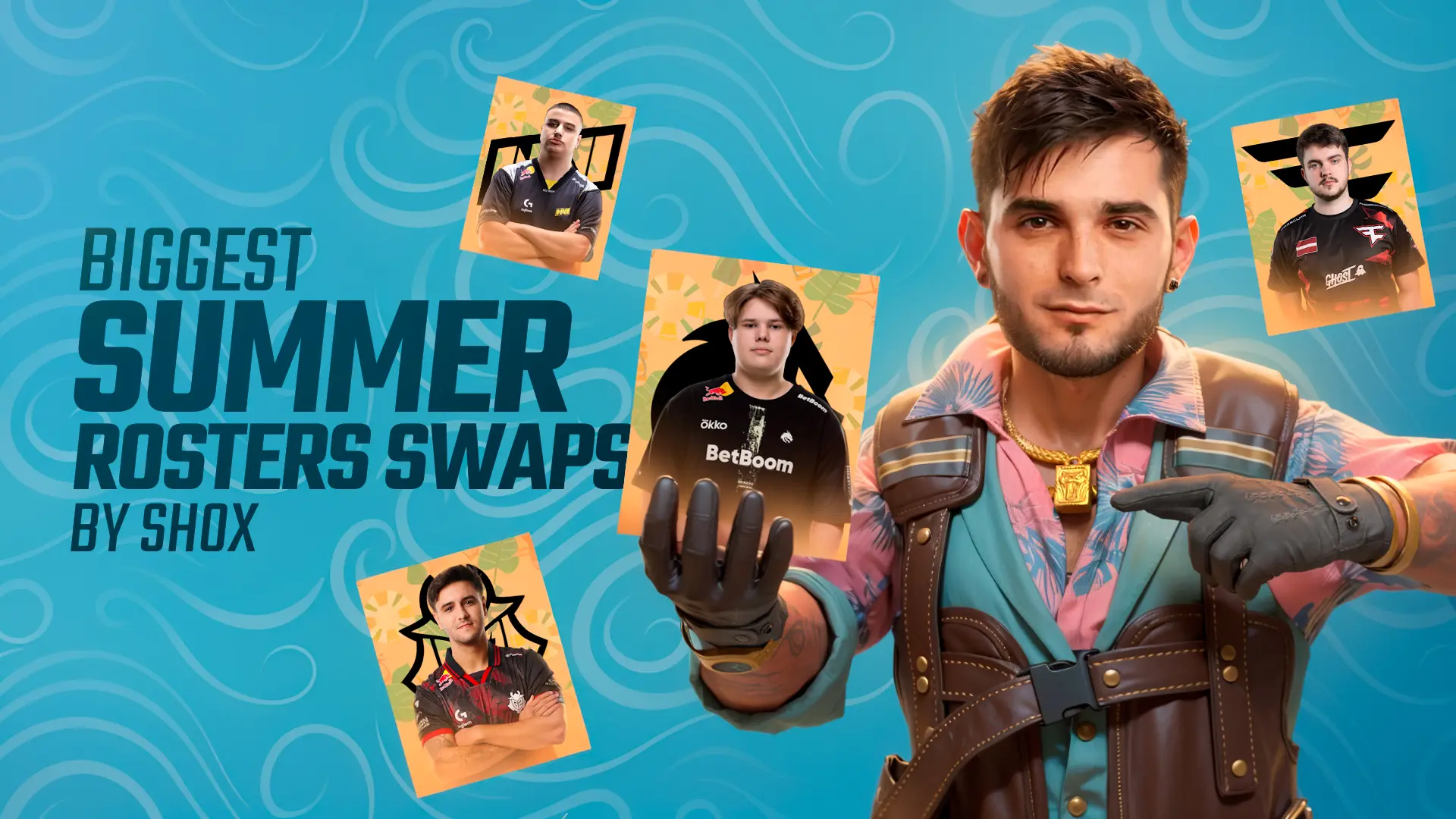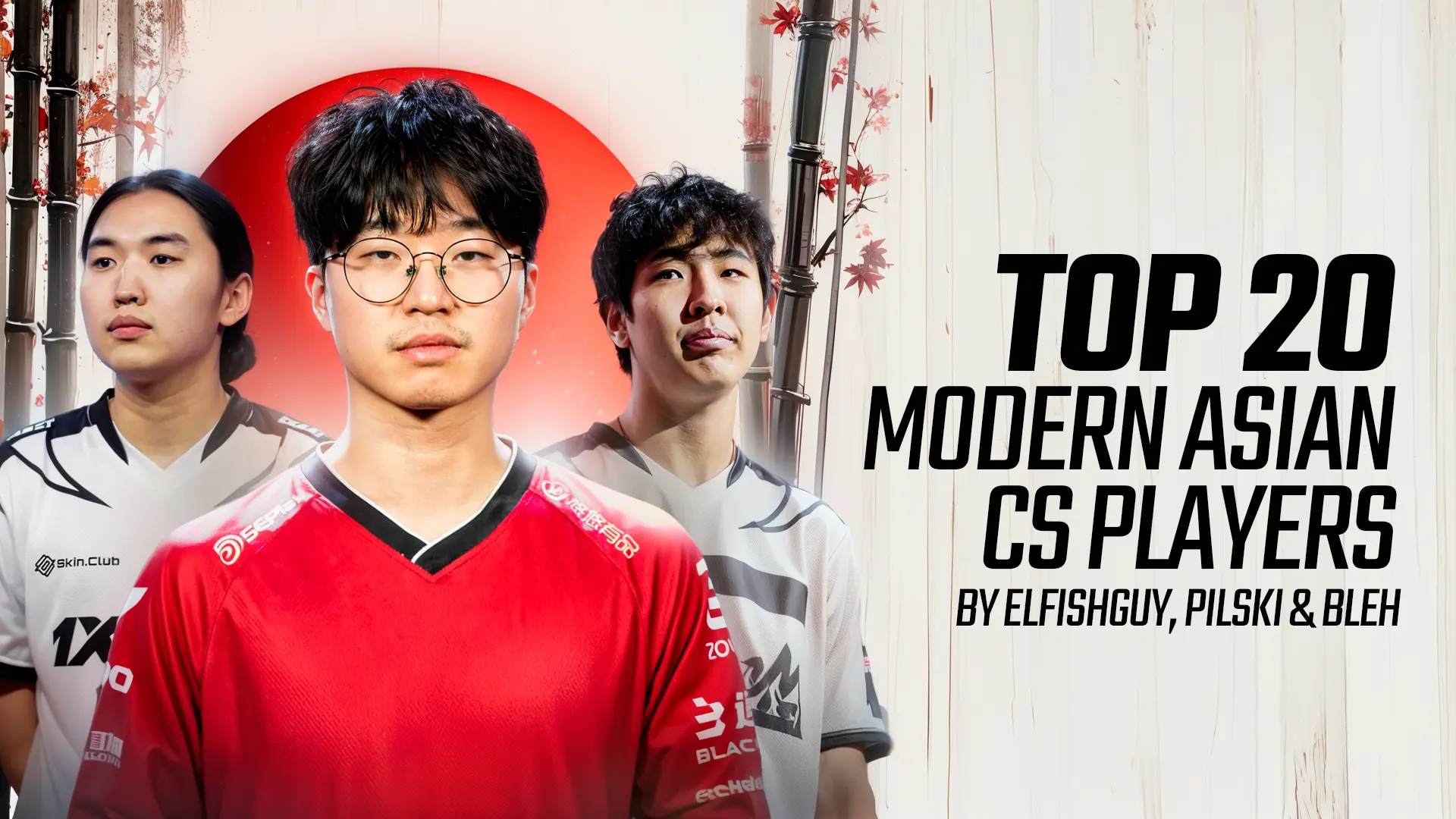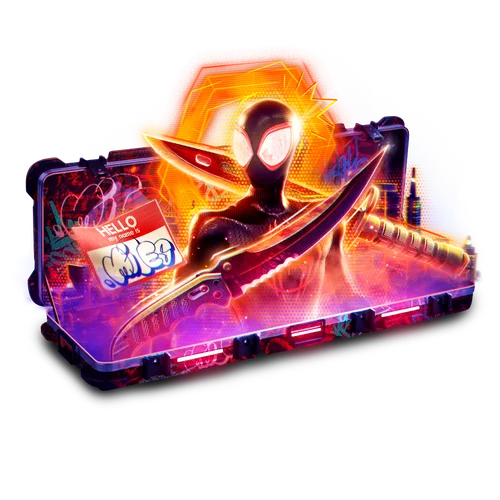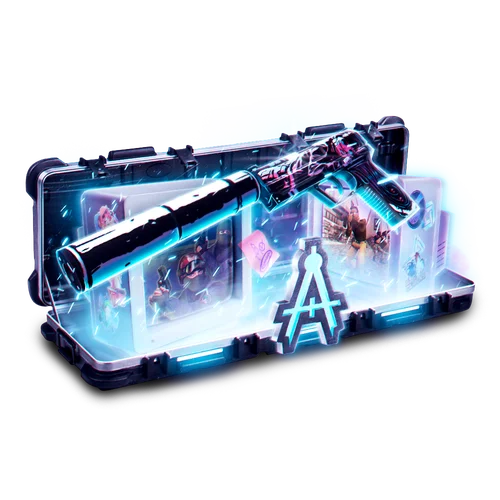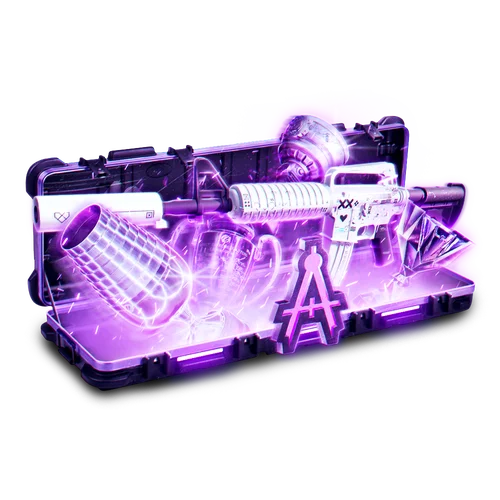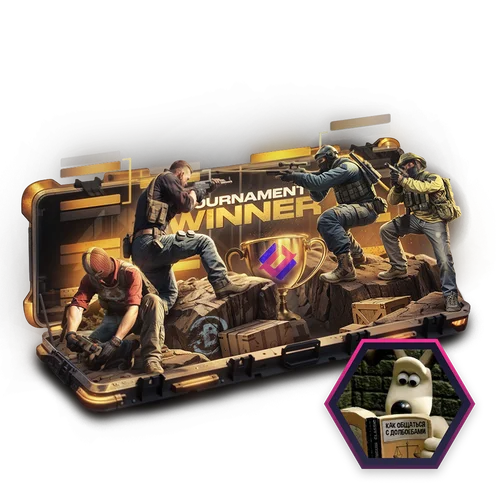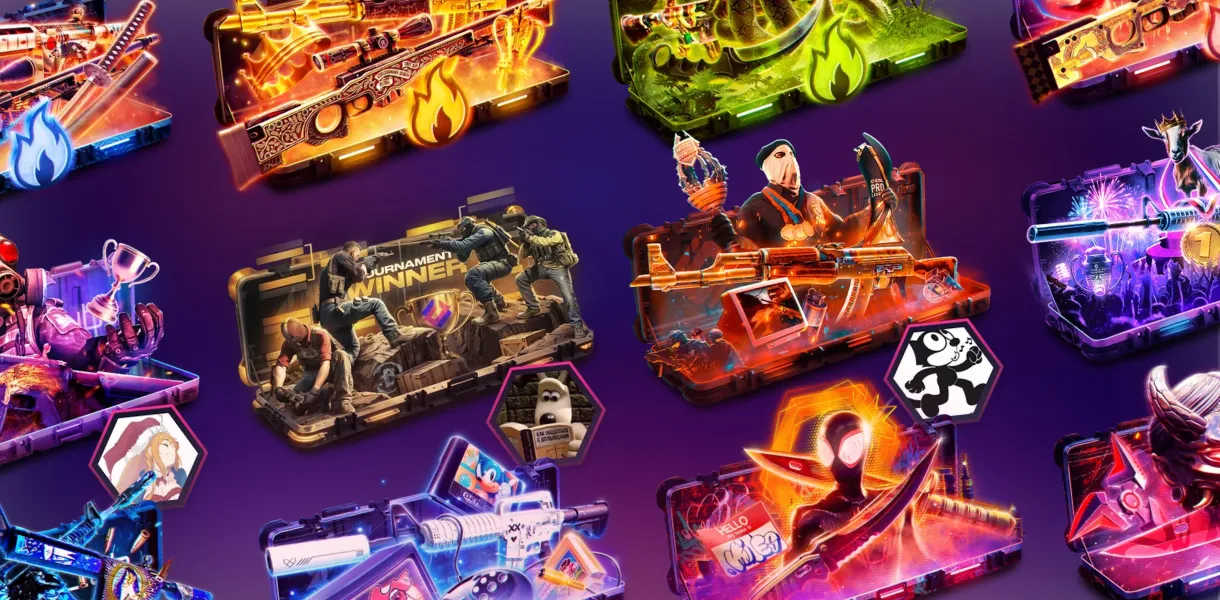The economy in Counter-Strike 2 has always been a core part of strategic play. It determines what a team can afford each round, how aggressive or defensive they can be, and how effectively they recover from losses. In July 2025, Valve introduced a key update that subtly but significantly shifted the way money flows—especially for the Counter-Terrorist (CT) side. These changes affect how teams plan their buys, play low-economy rounds, and capitalize on individual impact.
A Quick Look Back: How It Worked Before
Prior to this update, CS2’s economy operated on a combination of systems:
- Players earned money through round outcomes, bomb actions, and kills.
- A loss bonus gradually increased with consecutive defeats, capping at $3400.
- Weapons had individual kill rewards, ranging from $100 (AWP) to $1500 (knife).
Although both sides had access to the same bonus mechanics, the CT side consistently struggled with higher costs. M4 rifles, defuse kits, and more expensive grenades made defending inherently more punishing after early losses.
What Changed in the July Update
The new system adds a team-wide reward for Counter-Terrorists. Now, every time a CT kills a Terrorist, each member of the CT team receives $50, regardless of who made the kill or whether the round is won. This shared income supplements traditional rewards and loss bonuses, creating a small but meaningful stream of passive economic recovery.
This change has a few key effects:
- Frags become economically valuable even in lost rounds.
- Teams can more easily recover from failed force buys.
- Early-round aggression is now financially justifiable.
It’s a simple number, but over time, this shared bonus can swing the momentum of a half.
Key Examples of How the New CT Economy Changes the Game
1. Early AWP after pistol round — now possible
- Before: Even with a 3K and defuse in the pistol round, a CT player would end up with ~$4900. Enough for a rifle or SMG, but far from an AWP.
- Now: Thanks to the $50 shared kill bonus, that same 3K + defuse brings the total to ~$5750. A CT can now buy an AWP in round 2 — something previously impossible without a flawless pistol and assist/MVP stack.
2. Full utility + rifles after winning the pistol
- Before: CTs winning pistol often had to choose: decent rifle or full utility. A typical round 2 buy included MP9s or FAMAS with one smoke or flash.
- Now: With bonus income from frags, CTs can now afford rifles and full utility: smoke, molotov, HE, flash — even defuse kits across the team. It leads to stronger setups and better mid control in round 2, especially on maps like Overpass or Inferno.
3. A failed stack is no longer a wasted round
- Before: If five CTs stacked the wrong site and got only one exit kill during rotation, the round was a total loss. No impact, no money.
- Now: That single kill still gives $50 to every CT — $250 total team income — even if they lose all weapons. Over time, these “failed” stacks provide just enough cash to support better buys in future rounds, making risky plays more economically sustainable.
Rebalancing the CT Side
This shared kill income addresses one of the longest-standing balance issues in CS: the financial pressure on CTs. Historically, if a defending team lost a pistol round and failed to win the second, they faced two or three rounds of weak buys. Now, even in defeat, they can gather enough money to stay competitive.
Teams may still need to save, but now they do so from a stronger base. Even a partial buy becomes viable if they can secure a couple of exits. The economy no longer resets so brutally after a failed retake or unlucky timing. It rewards teams that fight back, even when they don’t win.
Strategic Implications
The economic shift brings new flexibility to CT game plans. Teams will now lean into plays that were previously considered risky or wasteful. For example:
- Attempting late-round exits is now worthwhile, even in 2v5 situations.
- Force buys with SMGs or pistols carry more upside, since frags bring team income.
- Players with strong aim or high-impact roles can directly contribute to the team economy—even without winning.
The change also encourages clearer communication around buying decisions. Since each kill has a shared reward, aggressive plays that net just one or two eliminations can make the difference between a full buy and a half buy in the next round.
Conclusion
With this update, Valve hasn’t reinvented the CS2 economy—but it has smoothed out one of its roughest edges. The shared kill reward for CTs introduces a new layer of fairness and strategic depth. It allows teams to bounce back faster, rewards smart aggression, and creates space for creativity in low-money rounds.
While the change may seem minor on paper, its long-term effect will likely reshape the CT approach across all levels of play—from matchmaking to Major finals. In modern CS2, it’s no longer just about surviving the round. It’s about making every kill count—for yourself and your team.





























